Wolfram Function Repository
Instant-use add-on functions for the Wolfram Language
Function Repository Resource:
Render an image using the DeepDream-β algorithm
ResourceFunction["DeepDreamBeta"][net,image] renders the image using the deepdream-β algorithm. | |
ResourceFunction["DeepDreamBeta"][net,image,step] renders the image with an iteration depth of step. |
| "Eyes" | 2 | network activation depth |
| "Activation" | Identity | pre-activation function for image |
| "StepSize" | 1 | step size of each pattern overlay iteration |
| Resampling | "Cubic" | works the same as ImageResize |
| TargetDevice | "CPU" | works the same as NetChain |
| WorkingPrecision | "Real32" | works the same as NetChain |
Take a neural network as the dreamer:
| In[1]:= |
| Out[1]= |  |
Start with an image:
| In[2]:= |
| Out[2]= | 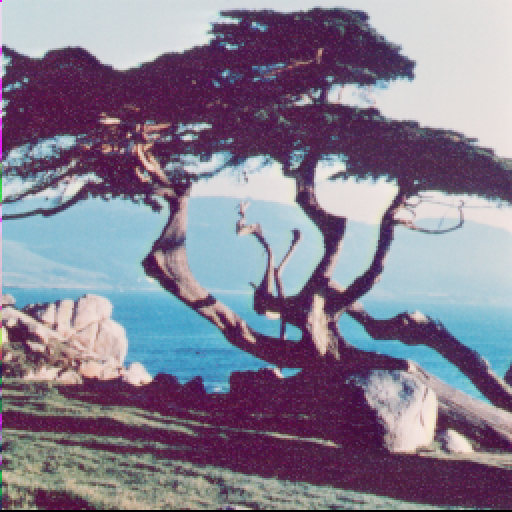 |
Now process it with DeepDreamBeta:
| In[3]:= |
| Out[3]= | 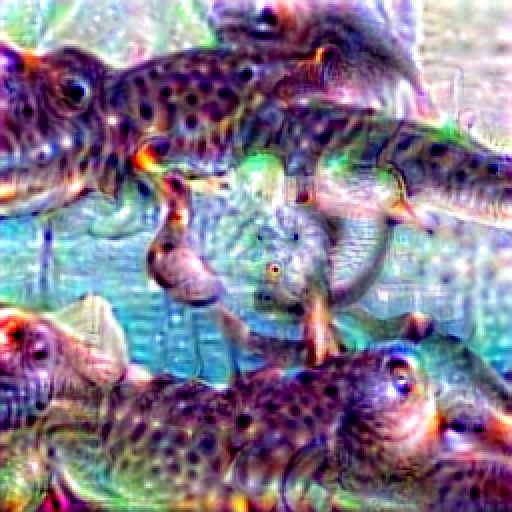 |
Take a neural network as the dreamer:
| In[4]:= |
| Out[4]= |  |
Start with an image:
| In[5]:= |
| Out[5]= | 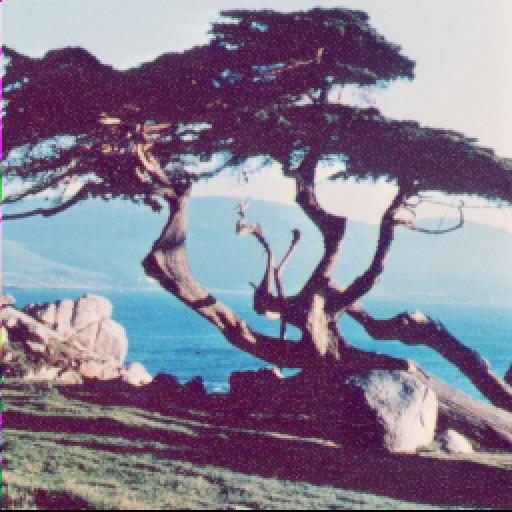 |
Use GPU acceleration:
| In[6]:= |
| Out[6]= | 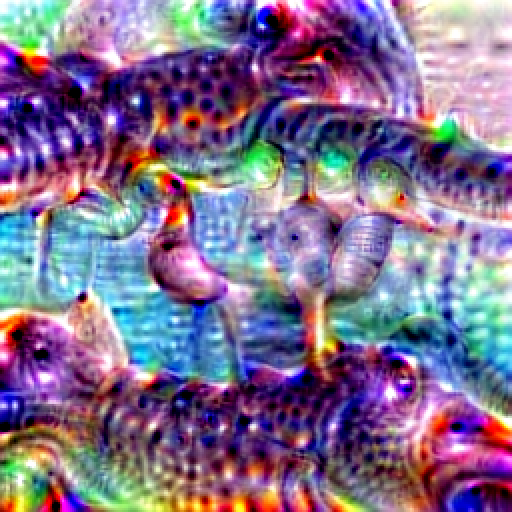 |
Take a neural network as the dreamer:
| In[7]:= |
| Out[7]= |  |
Start with an image:
| In[8]:= |
| Out[8]= | 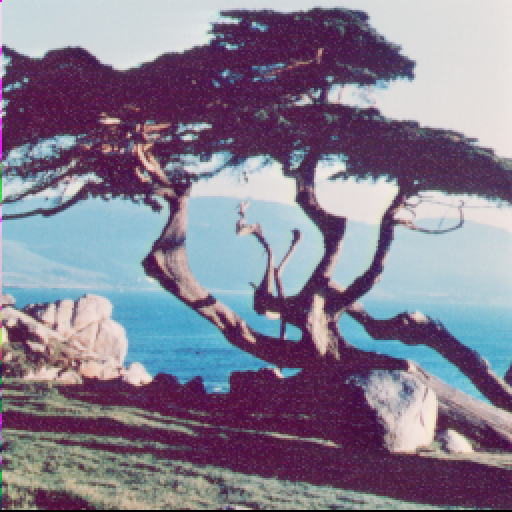 |
Change the pre-activation function:
| In[9]:= |
| Out[9]= | 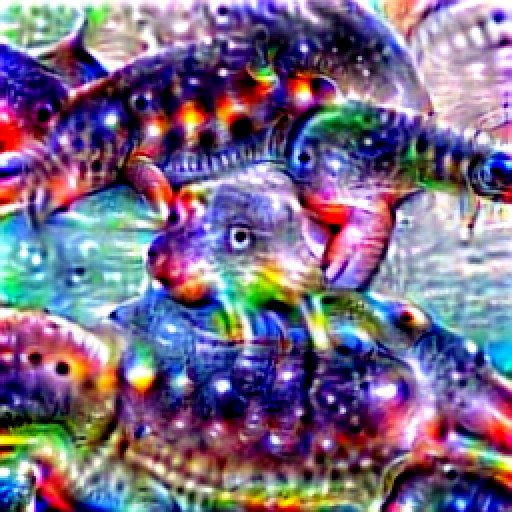 |
Take a neural network as the dreamer:
| In[10]:= |
| Out[10]= |  |
Start with an image:
| In[11]:= |
| Out[11]= | 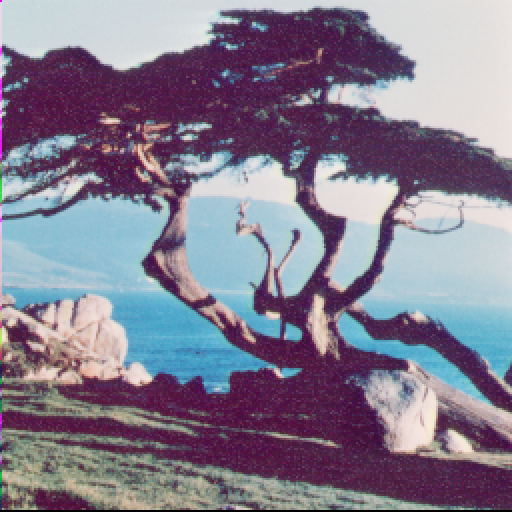 |
"Eyes" controls the size of the receptive field:
| In[12]:= |
| Out[12]= | 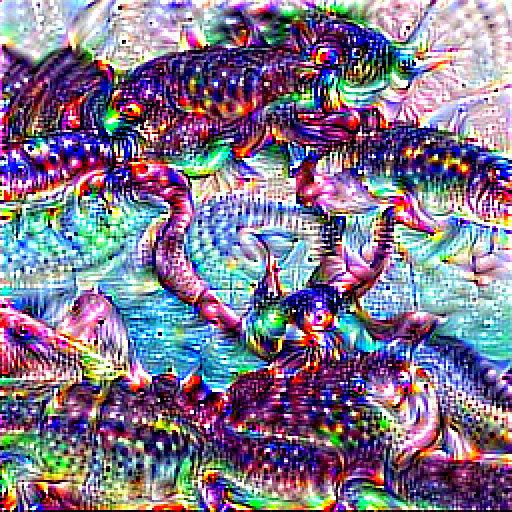 |
More eyes gives a greater departure from the original picture:
| In[13]:= |
| Out[13]= | 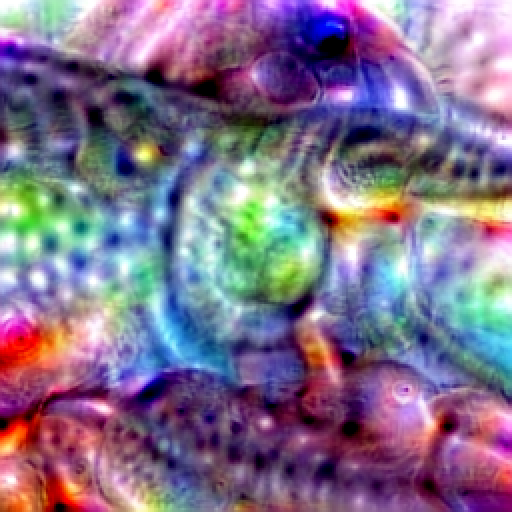 |
Take a neural network as the dreamer:
| In[14]:= |
| Out[14]= |  |
Start with an image:
| In[15]:= |
| Out[15]= | 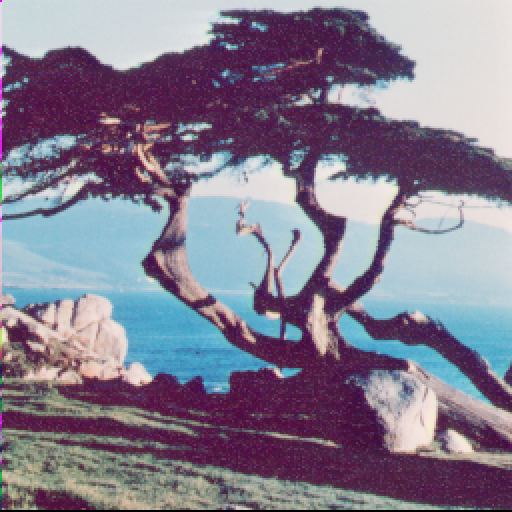 |
The smaller the step, the smoother the final result will be:
| In[16]:= |
| Out[16]= | 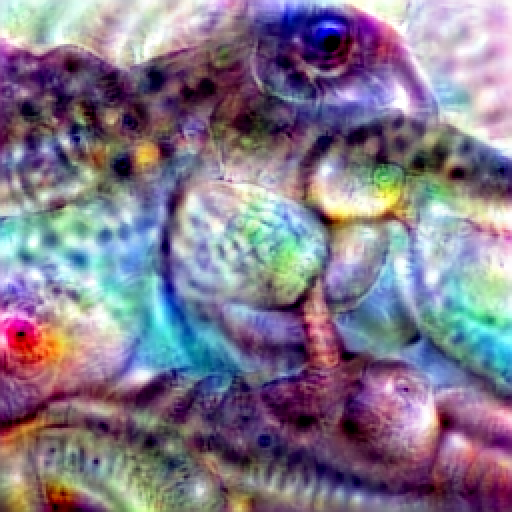 |
| In[17]:= |
| Out[17]= | 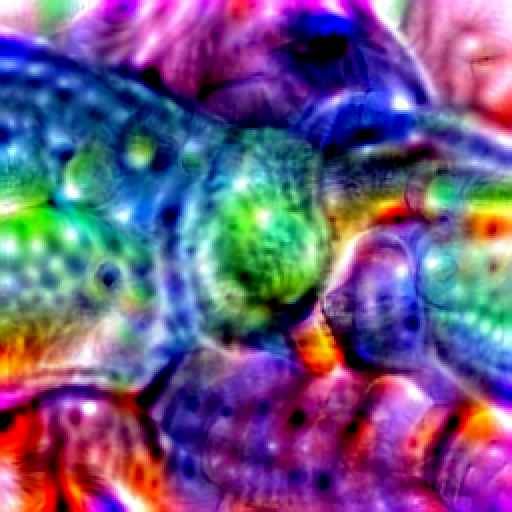 |
Use non-residual networks for better results.
The residual activation network is difficult to activate abstract features:
| In[18]:= |
| Out[18]= |  |
Generate messy textures:
| In[19]:= |
| Out[19]= | 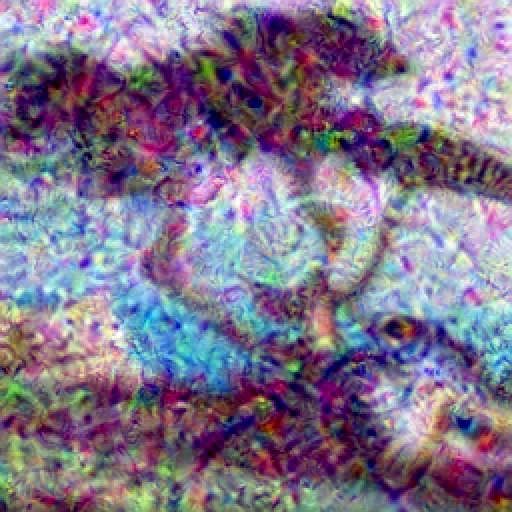 |
This work is licensed under a Creative Commons Attribution 4.0 International License